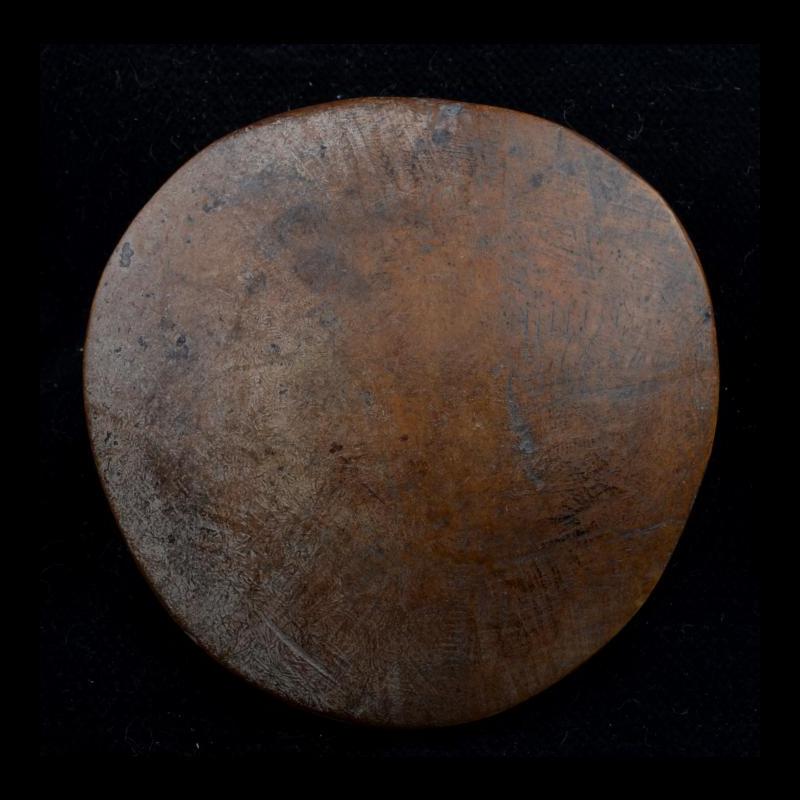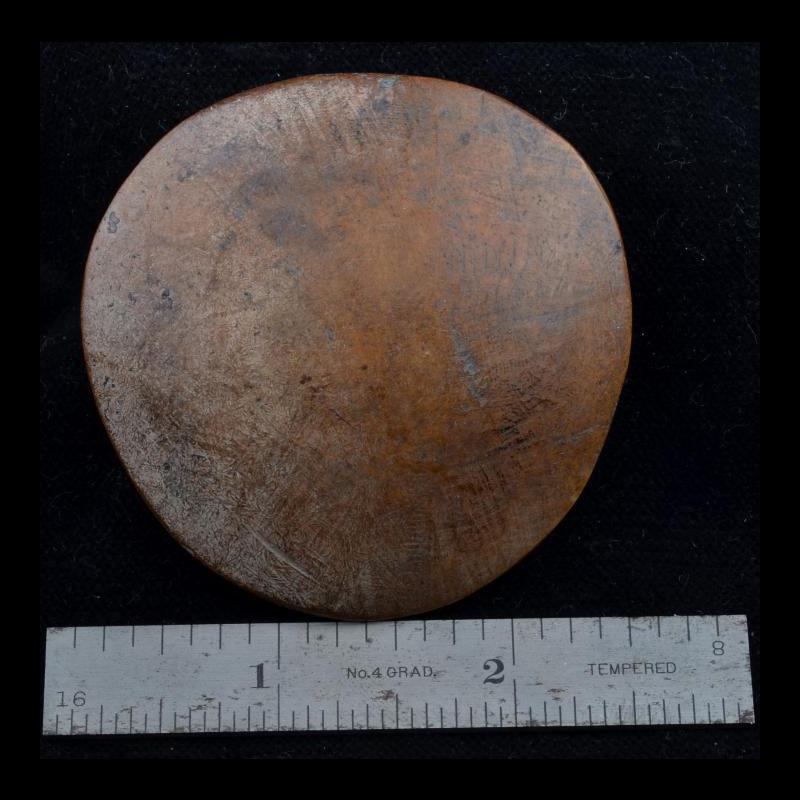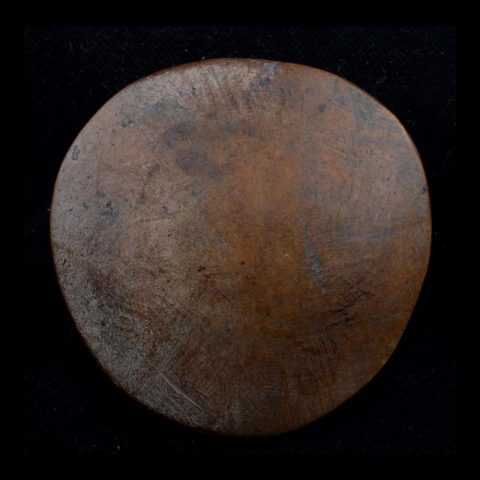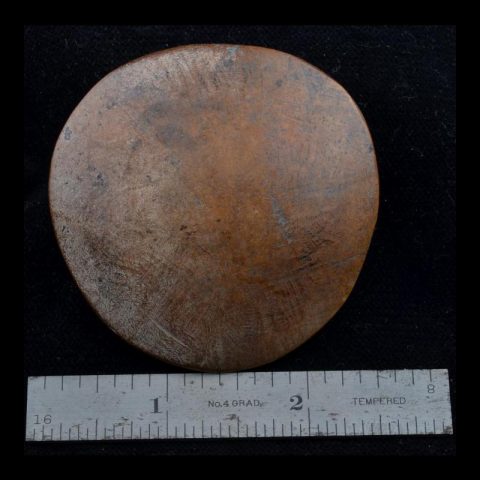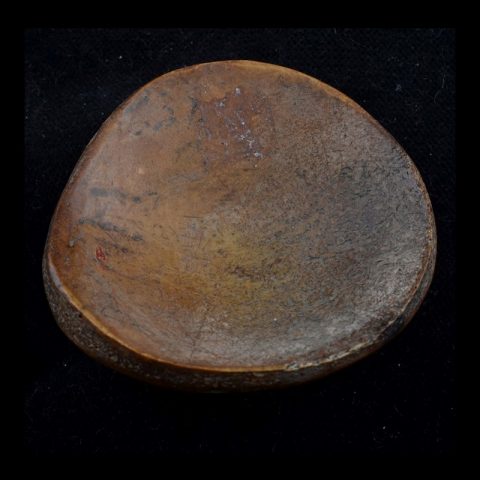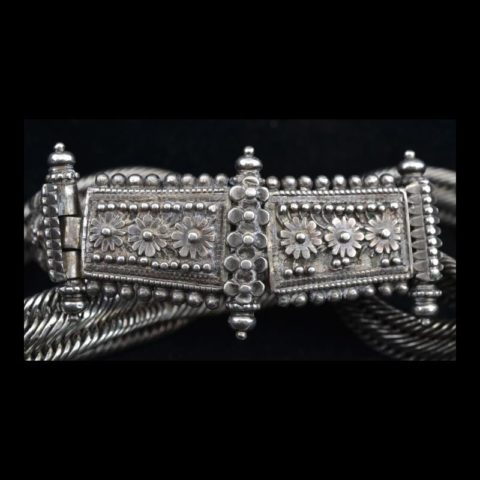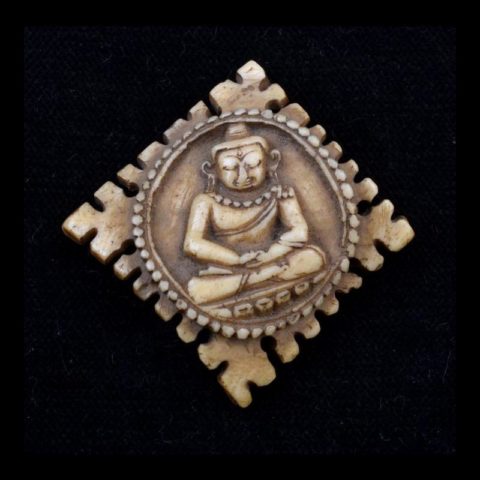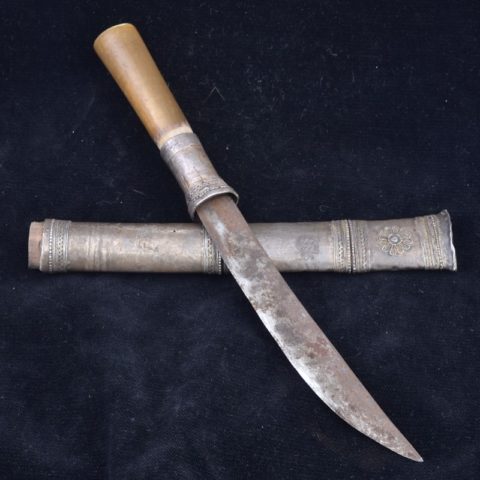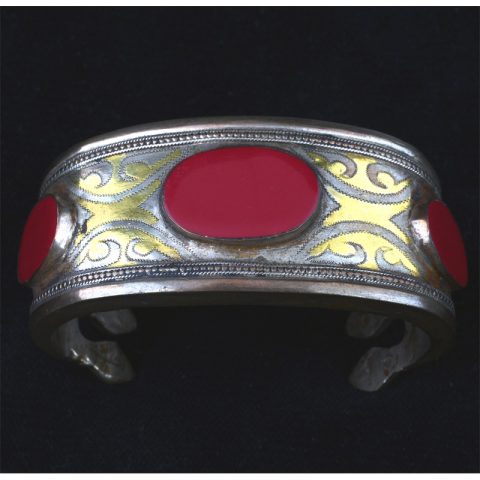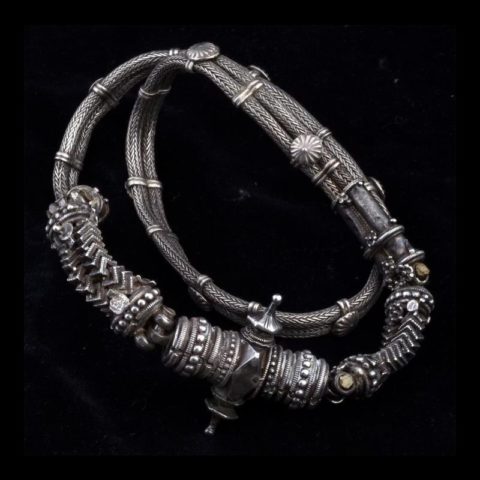Description
A plain and unadorned kapala from Burma. It was cut from the parietal lobe.
This antique kapala has seen a lot of use as a mortar and offering bowl. The inside has been ground smooth from making medicine, and the outside it shiny from handling.
These kapalas are cut from either the frontal or parietal lobes of the skull, this type of kapala is typically 4 to 4 1/2″ in size. Pictures of other Bonpo kapalas are available upon request
Sourced from Burma
19C

